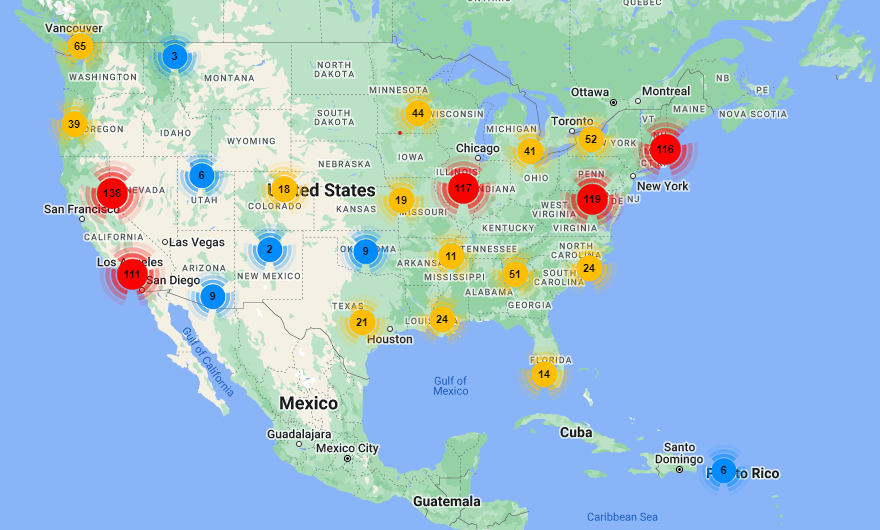In recent years, there has been a rise in labor organizing and labor action in the United States. As I’ve said before, watching that happen has been extremely encouraging. While the aristocracy and the government (which mostly serves the aristocracy) have been working hard to crush labor power, the reality is that organizing and strikes work. Mass layoffs, and policy designed to make people poor and desperate absolutely cause real harm, and destroy lives, but they take such drastic steps because they are terrified that their workers will realize – and use – the power that comes from collective action.
The thing is, though, collective action only works if you’re not alone. With corporate media often being outright hostile to labor organizing, and two capitalist parties that regularly side with the bosses, it’s probably not hard for people to feel like the fight is simply too big to take on. It creates a sort of Prisoner’s Dilemma, in which workers have trouble knowing if it’s safer to stand together and fight, or keep their heads down and just try to survive as best they can. That’s why it’s important to normalize talking about this stuff, and why it brings me great pleasure to introduce you to the Cornell-ILR Labor Action Tracker.
Welcome to the Cornell-ILR Labor Action Tracker. The goal of our project is to provide a comprehensive database of strike and labor protest activity across the United States in order to better inform and support labor movement activists, policymakers, and scholars. We would like to especially thank and acknowledge the ILR School for generous funding to support our project. We also thank the staff at China Labour Bulletin for inspiring and encouraging us to develop the labor action tracker.
We began documenting strikes in late-2020 and labor protests in early-2021. Our database of strikes is most accurate as of 2021. We have a relatively high degree of confidence in our ability to comprehensively capture strike activity. Due to the high number of labor protests across the United States, we aim to provide a general understanding of labor protest activity rather than achieve a complete count. Please note that our map generates the total number of strike and/or labor protest locations, which is more than the total number of individual strikes and/or protests (e.g. a single strike at five locations will appear five times on our map). Information we gather is from public sources and manually inputted into our tracker. Please see our methodology document for a more detailed description of our definitions, protocols, and variables. Follow us on twitter @ILRLaborAction to keep up to date with our project!
The tracker covers strikes and lockouts throughout the United States and its territories, with an interactive map that lets you find each action, as well as details about what’s happening and why:

This image is a map of labor actions in the contiguous United States, and in Puerto Rico. There are color-coded dots showing the number of actions in each region. Blue for less than 10, yellow for 10-99, and red for more than 100. On the tracker’s website you can zoom in to see more details, or use their search and sorting function if you need to stick with a text-based format.
Zooming in brings you details about where the action is, when it is, what company it’s aimed at, how many workers are involved, and what they’re asking for. This tracker has been up for a couple years, so it’s taken me a while to hear about it, or at least to notice it enough to investigate. That said, better late than never, and if I’m just hearing about this now, there are probably others in the same boat.
I like to talk about how humans are at our strongest when we work together, and a key part of that is being able to communicate and coordinate with each other. If you’re looking to start organizing your workplace, then finding local actions and turning out to support them could be a great way to make connections and get advice or help. If you just want to be supportive in general, this could be a way to find groups near you that might need help paying bills or getting food while they face off with their bosses.
Usually when it comes to politics in the United States, red is a color to avoid, but in this case, I want to see big, red markers all over the map.

Leave a Reply